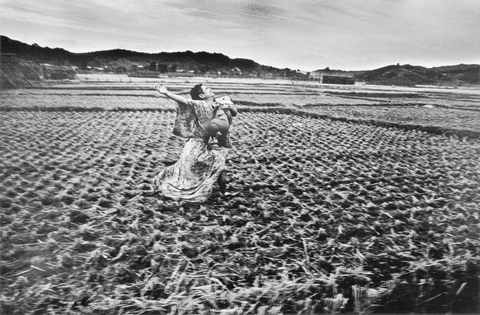
My concept of civil rights is a broad one. It is connected with my family who all fought for racial equality. My grandmother was a founding member of the National Association for the Advancement of Colored People (NAACP) in the 1920s. My father was a civil rights activist who fought discrimination as an undergraduate and then inequality in the workplace. He left a career in engineering because of discrimination and went into the civil service to support his family. When he rose to management level he once again suffered bigotry so he created an organization to fight it. He died in 1960, shortly before I went to the South.
I decided to go to Mississippi in August 1963 after participating in the March on Washington for Jobs and Freedom. My family was completely supportive. I was equipped for a life of activism in rural Mississippi amongst poor farmers and share-croppers. I already had a wide educational base—I had studied elementary education, had attended two churches, and my father had been an urban farmer.

When I began to photograph in Mississippi I was influenced by the work of the artist Kathe Kollwitz and I had been looking at the photographs of Roy DeCarava, who had depicted Black families, mothers, wives, husbands, and children. I was accustomed to spending time with children, looking at the ways they interacted with one another, and photographing them and their environments came naturally to me.
In the early 1960s, a number of former military people returned to the South from Europe and other places after WWII. They saw that their lives were very different as Black people in the places they had been born. They often had a pension, and therefore some independence, and many of them began working for the civil rights movement through the NAACP. The NAACP had an office in Jackson run by the activist Medgar Evers and operated through numerous offices spread across the country.
In 1961, the Student Nonviolent Coordinating Committee (SNCC) began to work with the NAACP to campaign for voting rights. There was antagonism and threats from the whites and some campaigners were shot and killed. In 1963, Medgar Evers was assassinated in Jackson Mississippi. In 1964, three students, James Chaney, Andrew Goodman, and Michael Schwerner, who had been working on the Freedom Summer campaign to register voters, were murdered. Against this backdrop, I and many others had begun working in the civil rights movement in Mississippi.

During the nine years I was in Mississippi I worked in numerous programs that encompassed political, economic, arts, and social justice innovation and development. These included working as a field secretary on SNCC’s voting rights, voter registration, and literacy programs. I also co-founded the Free Southern Theatre and worked intensively on the development of pre-school education through the Mississippi Head Start program. This was the first public education program in the United States for pre-school children. Other initiatives that I worked on were the handcraft cooperatives through the Poor Peoples’ Corporation. During these years I photographed the events and people I encountered, often working with Southern Media Inc., a documentary photography and film-making organization.
In Mississippi, I encountered widespread poverty among Black people. In the Mississippi Delta, like all the southern states, extreme control was exerted through the plantations, share- cropping, the violent tactics of the Klan, and the activities of complicit state and local government officials. The system was set up to monitor and oversee the slaves, even though slavery had been outlawed. These people were brutal and they had the same mindset as the overseers. The system had evolved, but the mindset was the same.
Large Black populations in the Delta were still picking cotton and other crops as sharecroppers. Until the civil rights movement came to Mississippi, most Black people had little or no alternative than to do what the whites wanted them to do if they wanted to survive. Working with Southern Media, I filmed extensively. We never saw any white farmers when we were filming in rural Mississippi. There were large areas with a majority Black population, whether they owned the land or not. We didn’t try to do anything with white people because they didn’t want to have anything to do with us.

Black independent farmers who owned their own land worked hard. They weren’t necessarily making a great living like their white farmer counterparts, but they lived decently and had more control over their economic and personal destiny. There were all kinds of devious ways used to keep Black farmers from flourishing and selling their products. Despite their land ownership, Black farmers were denied access to local farmers’ organizations and bank loans for new equipment, repairs, seeds, and the things they needed to facilitate successful farming. So hardship prevailed.
Excerpt from A Civil Rights Journey by Doris Derby (MACK, 2021).

Paperback with flaps
21.5 x 28.5cm, 168 pages
ISBN 978-1-913620-44-8
October 2021
€35 £30 $40





